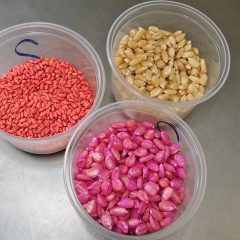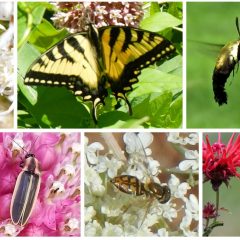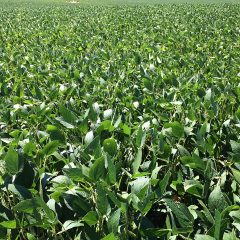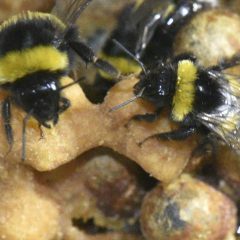The 9th Circuit Court of Appeals issued a key order to the EPA on April 29, 2021 on next steps in the regulation of chlorpyrifos. This is the first of several expected court actions impacting regulation of high-risk pesticides. Dr. Benbrook has been involved with chlorpyrifos risk assessment, use, human health effects, and regulation since […]
Read More, References, Comment »
In the latest development in the dicamba saga, EPA approved over-the-top application for years to come of three dicamba herbicides. As DTN reports, Bayer’s Xtendimax, BNSFs Engenia, and Syngenta’s Tavium dicamba-based herbicides were each granted five-year registrations with a new restrictions, including a cutoff date of June 30 for soybeans and July 30 for cotton, […]
Read More, References, Comment »
It appears that scientists, and farmers too, are taking a closer look at the ubiquitous use of neonicotinoid seed treatments in US corn, soybean and other crops. Neonics are powerful insecticides used to coat the outside of a wide variety of seeds including grain and oilseed crops. The brightly-dyed layer of pesticide is designed to […]
Read More, References, Comment »
On October 30, 2020 Dr. Benbrook testified via video to the Philadelphia City Council in support of a proposed municipal ban on herbicide application in city parks and other public lands. His written statement accompanying this testimony is shared in its entirety below. It reviews the key public health implications of rising herbicide use for […]
Read More, References, Comment »
Monarch butterflies need milkweed to survive. Declining populations of this iconic butterfly have been driven by many factors, but until recently, one undisputed factor has received the most attention — the loss of milkweed in the wake of the near-universal adoption of Roundup Ready corn, soybean, cotton canola, alfalfa, and sugarbeets. And these are serious […]
Read More, References, Comment »
A consortium of environmental groups are urging EU policy makers to do more to protect declining insect populations as part of the European “Green Deal.” As ABC news has reported , the EU’s sweeping climate proposal seeks to make Europe “the first climate-neutral continent.” It calls for, among other things, several major ag and land […]
Read More, References, Comment »
In a new piece published online June 9, 2020 by Environmental Health News, we survey some of the ramifications of the recent decision by the 9th Circuit Court of Appeals vacating the EPA’s 2018 conditional registration of post-emergent applications of dicamba on GMO soybeans and cotton. The unexpected court ruling is unprecedented in three ways: […]
Read More, References, Comment »
On June 3, 2020, a three-judge panel from the Ninth Circuit of the U.S. Court of Appeals ruled that the EPA failed to acknowledge the risks associated with over-the-top (OTT) dicamba applications and did not recognize the seriousness of reports of drift damage (OTT applications are sprayed directly over the herbicide-resistant crops during the growing […]
Read More, References, Comment »
Hygeia Note — The below email was sent to a group of individuals on June 1, 2020 by Lou Nelms, and is posted here with his permission. Words in [brackets] were added by Hygeia for clarity. Nelms has monitored the impact of dicamba and 2,4-D use, drift, and volatilization in Illinois since the beginning of […]
Read More, References, Comment »
New science has, for the first time, replicated in a lab experiment the neural impacts on baby bees triggered when foraging adults are exposed to one type of insecticide. The widely used neonicotinoid (“neonic”) insecticide imidacloprid was the focus of the study done by a team at Imperial College London, whose key finding is summarized […]
Read More, References, Comment »










